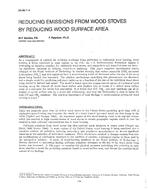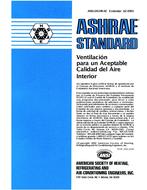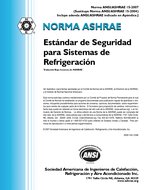Description
As a consequence of outdoor air pollution problems being attributed to residential wood burning, wood burning is being restricted in some regions in the U.S., the U.S. Environmental Protection Agency is developing an emission standard for residential wood stoves, and researchers and manufacturers are devoting significant resources to reducing wood-stove emissions. This paper examines experimental results obtained at the Royal Institute of Technology in Sweden showing that carbon monoxide (CO), unburned hydrocarbon (CHx), and soot emissions from a wood-burning boiler all decreased when the size of the wood pieces being burned was increased. The physical mechanisms underlying this phenomenon are discussed, and a simple model for predicting pollutant emissions as a function of the size of the individual wood pieces being burned is derived and tested. The model is based upon the oxygen-starved nature of residential wood burning, using the concept of excess wood surface area (surface area in excess of a critical wood surface area) as a surrogate for excess fuel generation. It is found that CO, CHx, and soot emissions can all be related to excess surface area by a power-law relationship, and that the relationship is close to linear for both CO and CHx emissions. The practical importance of these findings to environmental policies for wood bxurning is noted.
Units: SI
Citation: Symposium, ASHRAE Transactions, 1988, vol. 94, pt. 1, Dallas, TX
Product Details
- Published:
- 1988
- Number of Pages:
- 14
- File Size:
- 1 file , 1.1 MB
- Product Code(s):
- D-DA-88-11-4




